Hello, migraine warriors! Whether you’re battling fibromyalgia or other triggers, we all know how crippling a migraine can be. It’s like your head is in the grips of an uninvited, unwelcome vice. You need relief and you want it now. Here are ten tried-and-true tips to help you find relief when a migraine strikes. Remember, these are for quick relief, not prevention (prevention is better, of course, but that’s not what you need right now!), so let’s dive in!
Medical Disclaimer: Please note that we are not medical professionals, and while our info is heavily researched, the information provided in this blog post is for informational purposes only. It should not be considered as a substitute for professional medical advice, diagnosis, or treatment. If you are experiencing any eye-related symptoms or have concerns about your health, it is crucial to consult with a qualified healthcare professional for proper evaluation and personalized medical advice. Always seek the guidance of a medical professional before making any changes to your healthcare regimen.
Affiliate Link Disclosure: Some of the products on this page may be affiliate links, and we may receive compensation if you click on those links. However, please rest assured that as sufferers of Fibromyalgia ourselves, our recommendations are based on our honest evaluation and a ton of research.

Caffeine can be surprisingly effective when it comes to providing relief from migraines. It works in a clever way: by narrowing the blood vessels around your brain. During a migraine, these vessels tend to expand, so caffeine’s ability to constrict them can really help alleviate the pain. What’s more, it boosts the effectiveness of common pain relievers like ibuprofen and acetaminophen, enhancing their pain-relieving powers. This means that a cup of coffee or a medication with caffeine might just be what you need when a migraine strikes. Just remember to use caffeine judiciously, as overdoing it can sometimes worsen migraine symptoms. A little bit can go a long way in providing relief!
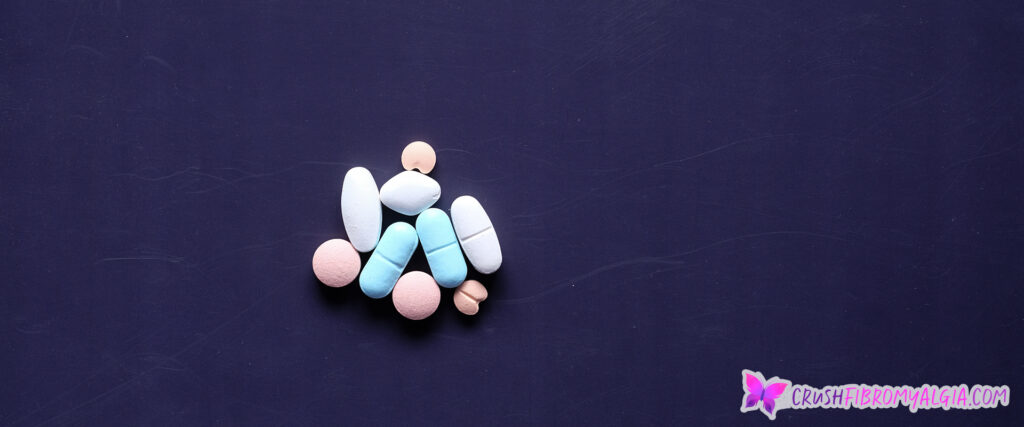
Over-the-counter (OTC) medications can be a reliable first line of defense for migraine relief. These accessible remedies, including ibuprofen, aspirin, and naproxen, work by reducing inflammation and alleviating pain. For those specifically battling migraines, medications like Excedrin Migraine, which combine acetaminophen, aspirin, and caffeine, are designed to target the unique symptoms of migraines. It’s important to follow the recommended dosages and be aware of any potential side effects. Keep in mind that while OTC medications can be effective for occasional migraines, if you find yourself reaching for them frequently, it’s a good idea to consult with a healthcare professional for advice and to explore other possible treatment options.
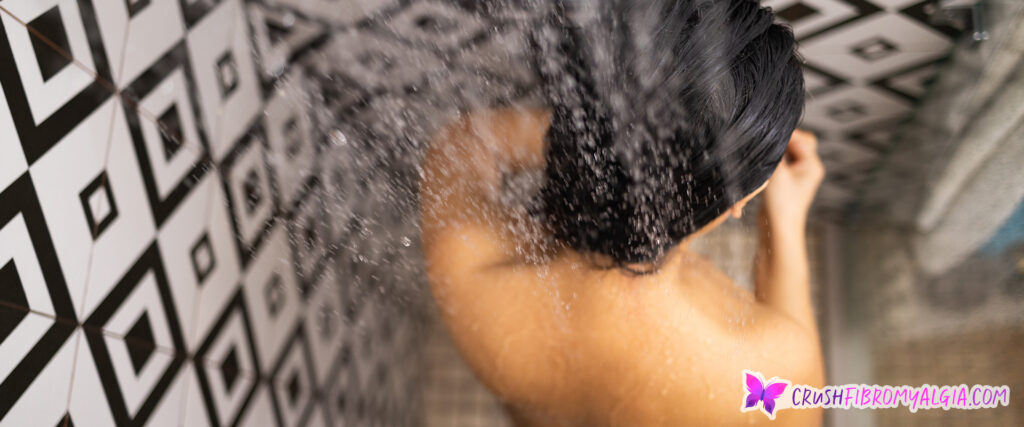
Heat therapy can be a soothing remedy for migraine pain. Applying heat to the body helps relax tense muscles, which can alleviate the discomfort caused by migraines. A simple and effective way to use heat is through a warm shower, allowing the water to flow gently over the neck and shoulders, areas where tension accumulates during migraines. Alternatively, a heating pad or a warm compress can be applied directly to the neck, shoulders, or even the forehead. This direct application of warmth promotes blood flow and provides a calming effect, helping to ease the pain. Whether it’s the enveloping warmth of a shower or the targeted relief from a heating pad, incorporating heat into your migraine relief strategy can offer a comforting and natural way to mitigate symptoms.
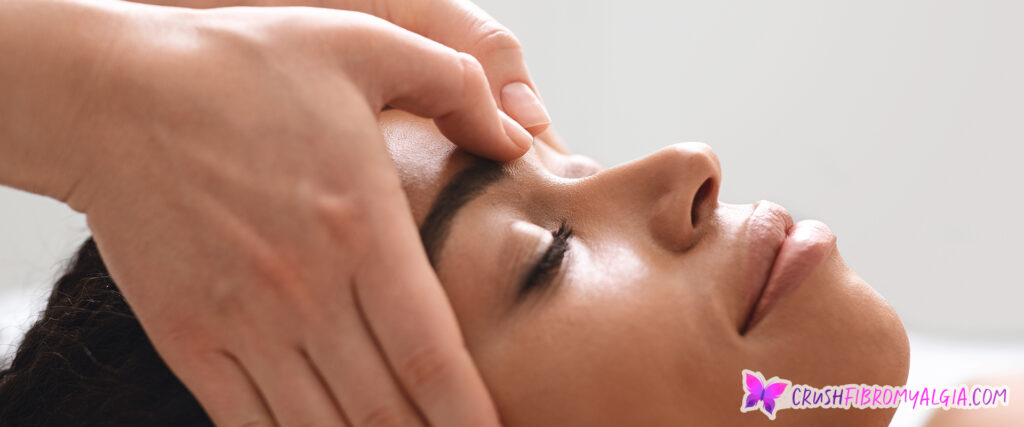
Massage therapy is an effective tool in the migraine relief arsenal, offering both immediate and long-term benefits. By focusing on certain areas of the body, massage helps to reduce muscle tension, improve circulation, and promote relaxation — all of which are key in alleviating migraine pain. When a migraine hits, gently massaging the temples, forehead, scalp, and the base of the skull can provide immediate relief. These areas are often tense during migraines and responding to this tension with gentle pressure can be incredibly soothing. Additionally, massaging the neck and shoulders can help, as tension in these areas often contributes to headache pain. Even a simple self-massage for a few minutes can make a significant difference. Remember, the key is gentle pressure — too much force can exacerbate symptoms.
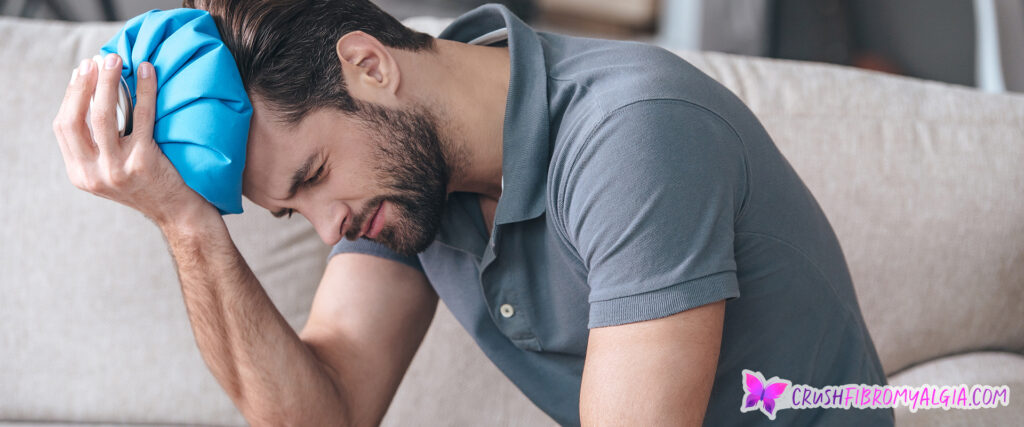
Cold therapy is a popular and effective method for relieving migraine pain. The application of cold can reduce inflammation, numb the pain, and constrict blood vessels, all of which contribute to migraine relief. For best results, place a cold compress or an ice pack on your forehead, temples, or the back of your neck. These areas are key in migraine discomfort, and the coolness can provide immediate soothing effects. Many find that wrapping the ice pack in a thin cloth or using a commercial gel pack can make the experience more comfortable. The cold sensation not only helps in reducing the pain but also has a calming effect, which can be particularly beneficial during the intense phases of a migraine. Keep the compress in place for about 15 to 20 minutes at a time, as this duration is often enough to bring significant relief.
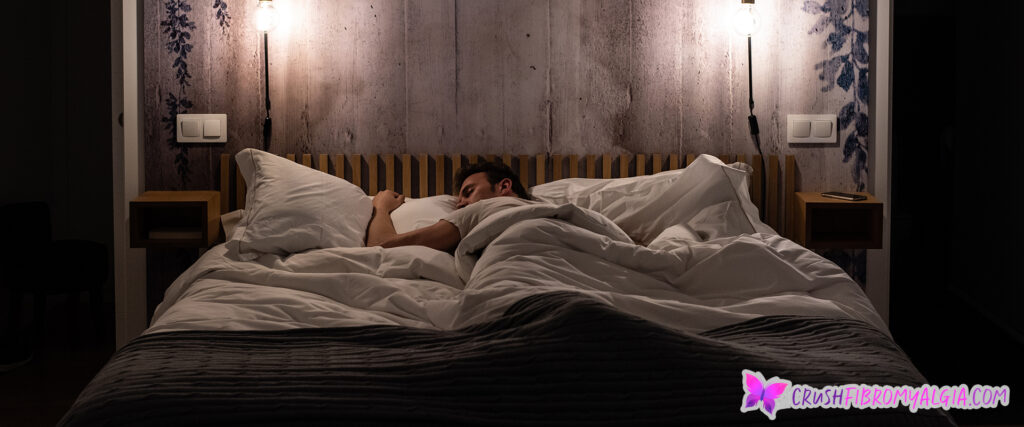
Seeking out darkness can be a crucial strategy for alleviating migraine pain, especially for those who experience light sensitivity or photophobia during attacks. Migraines often heighten your sensitivity to light, so immersing yourself in a dark, quiet room can significantly reduce the severity of symptoms. To achieve this calming darkness, consider using blackout curtains in your room; they are effective in blocking out any external light, creating an ideal environment for migraine relief. Alternatively, a good-quality sleep mask can be a handy solution, especially if you need relief in a less controlled environment or while traveling. These masks are designed to fit comfortably over your eyes, providing immediate darkness and helping to soothe your migraine. The key is to create a space that minimizes visual stimulation, allowing your brain to rest and recover from the migraine.
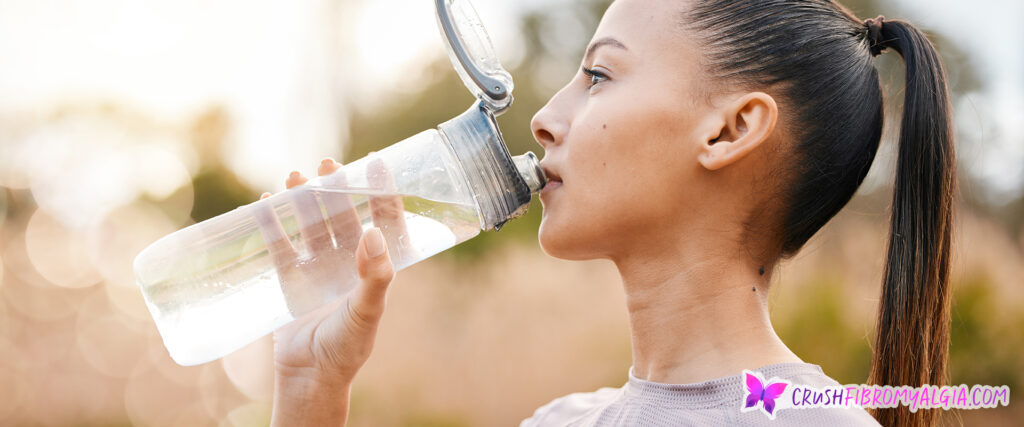
Staying well-hydrated is a surprisingly simple yet effective way to combat migraines. Dehydration is a common trigger for migraine attacks, as it can lead to reduced blood flow and oxygen to the brain, exacerbating the symptoms. By maintaining a regular intake of water, you help ensure that your body is functioning optimally, potentially reducing the frequency and intensity of migraines. During a migraine, sipping water slowly can provide relief, as it helps rehydrate the body and may alleviate the pain. Carrying a water bottle and taking regular sips throughout the day can help prevent dehydration-related migraines. It’s not just about quenching thirst; it’s about keeping your body’s systems in balance to better manage and possibly ward off those debilitating headaches. Remember, your hydration needs can vary based on your activity level, the climate you live in, and your overall health, so listen to your body’s cues.

Certain scents have been found to offer relief during a migraine, thanks to their calming and therapeutic properties. Peppermint oil, known for its cooling effect, can soothe the nerves and reduce the feeling of pain. Lavender oil is another popular choice, celebrated for its stress-relieving and relaxing qualities. To utilize these scents, you can opt for essential oil diffusers, which disperse the aroma gently into your environment, creating a soothing atmosphere. Alternatively, for a more direct application, consider using roll-on essential oils that can be applied to temples, wrists, or the back of the neck. Scented candles with these fragrances can also provide a subtle and continuous release of these therapeutic aromas. When choosing products, look for those with pure essential oils to ensure you’re getting the natural benefits of these scents. Remember, everyone’s sensitivity to scents is different, especially during a migraine, so start with a small amount to see how your body reacts.

Relaxation techniques can be a significant ally in easing migraine pain. Deep breathing exercises are effective in calming the nervous system and reducing stress, a common migraine trigger. Progressive muscle relaxation, involving tensing and relaxing different muscle groups, also helps in releasing tension. Additionally, guided meditation or gentle yoga can shift focus away from pain and promote relaxation. These practices not only offer relief during a migraine but can also serve as preventive measures. For beginners, guided sessions available through apps and online resources can be especially helpful. The goal is to find a technique that suits you and integrate it into your regular routine.
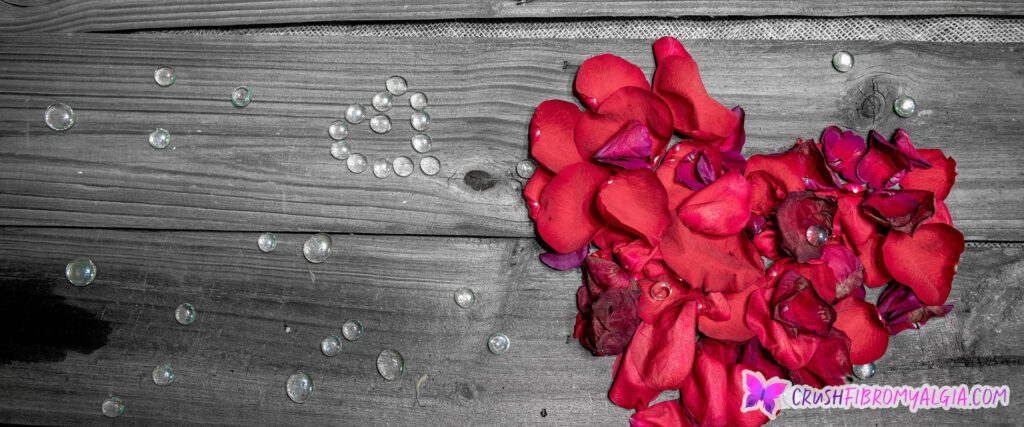
Listen, it’s the last thing on my mind when I have a migraine, but there are people who swear by it. An orgasm can potentially offer relief from migraine pain, thanks to the body’s natural response during sexual climax. When an orgasm occurs, the body releases a surge of endorphins, which are natural painkillers and mood enhancers. These endorphins can help alleviate the pain of a migraine by reducing the perception of pain in the brain. Additionally, the relaxation and stress relief that often accompany sexual climax can also contribute to easing migraine symptoms. The physiological changes during an orgasm, such as increased blood flow and subsequent relaxation of muscles, may also play a role in providing relief. It’s important to note that this method may not work for everyone and can vary greatly based on individual experiences and the nature of their migraines. As with any migraine relief strategy, it’s about finding what works best for you and your body.
Remember, everyone’s experience with migraines is unique, so it might take some trial and error to find what works best for you. Stay positive and keep experimenting until you find your relief recipe.
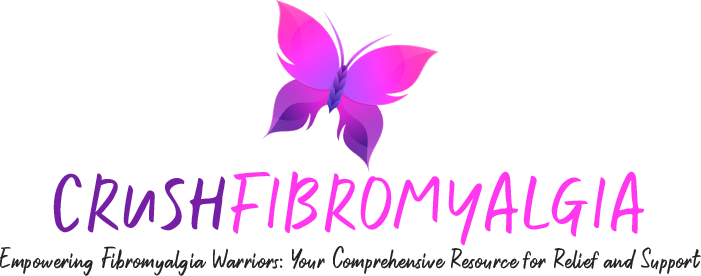
All Right Reserved | 2024 | Privacy Policy